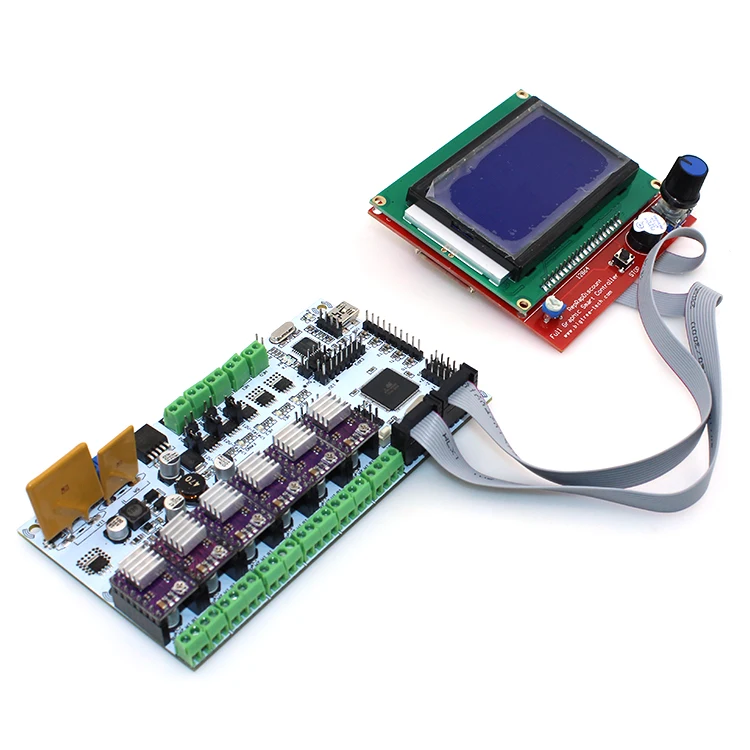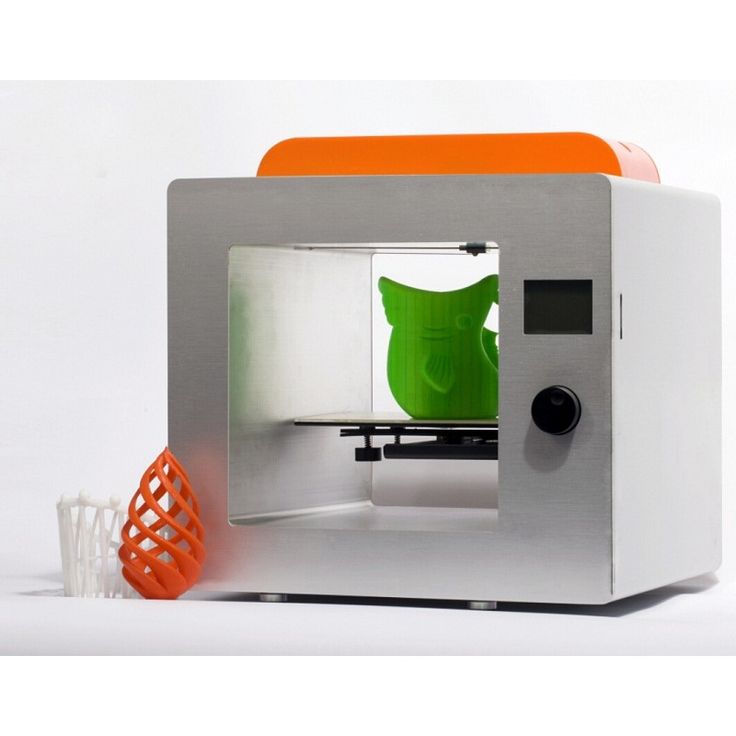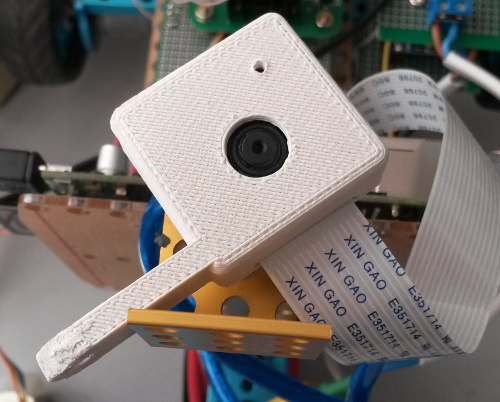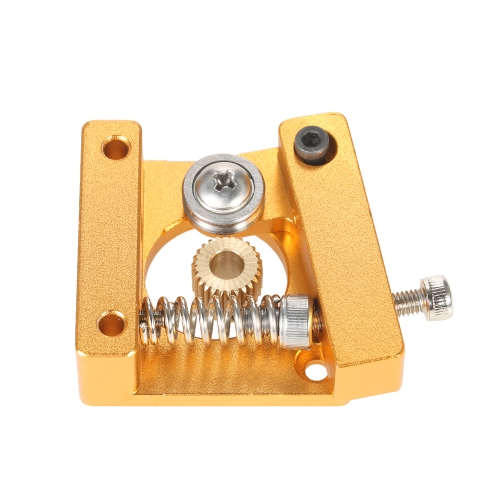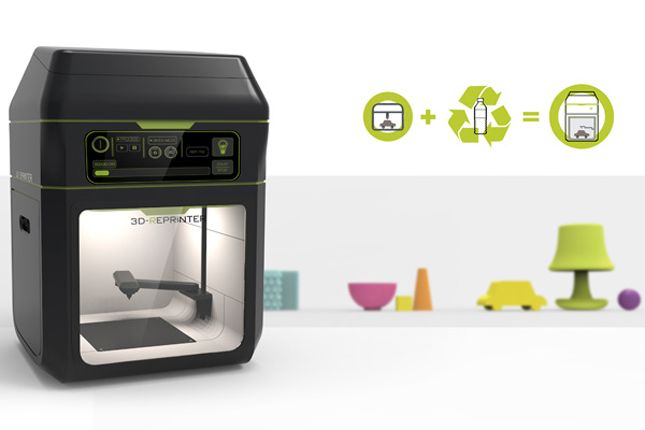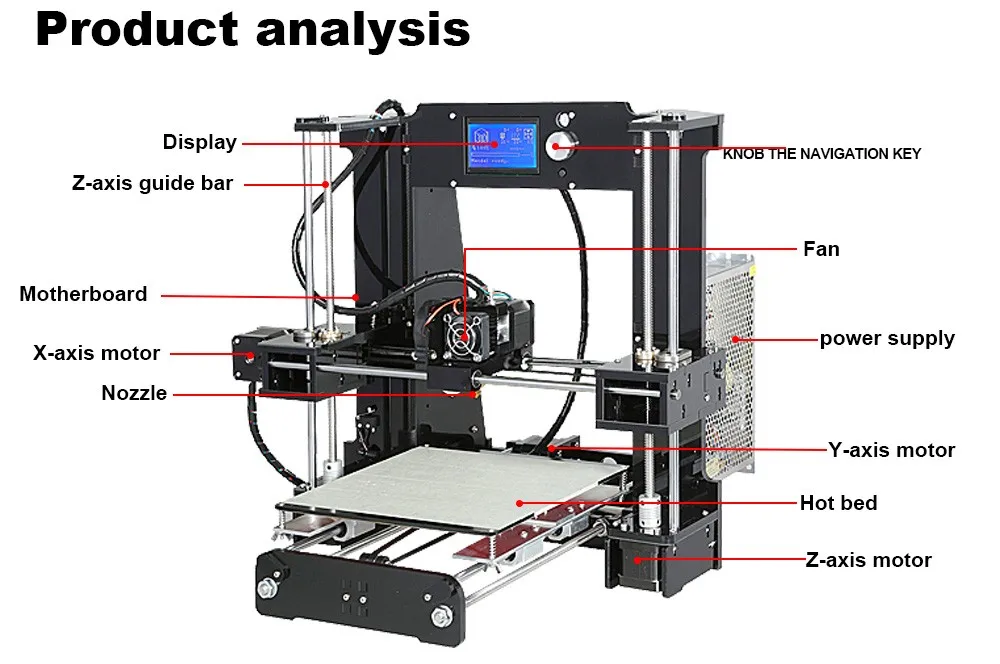Educational 3d printing projects
Educational 3D printer projects to do with kids
As we enter 2021, many of us are stuck in regional lockdowns owing to the COVID-19 pandemic, and schools are closing. With that challenge on their hands, parents around the world are looking for solutions to keep their children out of mischief, keeping them from having too much time on their tech, away from YouTube and gaming consoles. But it isn’t just during global pandemics that parents need projects to engage children – you might be looking for fun projects that have an educational element for during school holiday times.
When you’re trying to juggle home schooling or you need to keep kids entertained during the long summer holidays alongside your job, you need projects that are multi-faceted, and provide multiple opportunities for learning. And depending on how old your children are, you might have to explain the ideas that you’re showing them a bit differently for each child. Luckily, there are some fantastic resources available, not only to create your 3D printer projects, but also to help you explain whatever theory you’re trying to teach.
What can kids learn from 3D printer projects?
Depending on whether you are home schooling or you’re keeping kids entertained through the long summer break will depend on what you want them to achieve from their 3D printer project. The great thing is, you can link 3D printing to almost every part of the national curriculum – even when it doesn’t quite seem like it is possible to. The age of the children you’re teaching will influence the sort of lessons you’ll teach them, and perhaps the depth of the lesson too.
It might not be immediately how English or history can work, but if you think creatively there are plenty of options. And don’t forget, there are many ways that one subject can lead into teaching an idea from another subject – so look for different aspects to draw out the project.
English: An easy way to get started is to 3D print something from the book they’re reading – the Harry Potter series is a perfect example, since there are already plenty of projects available on communities that you can use as a reward to encourage them to keep reading.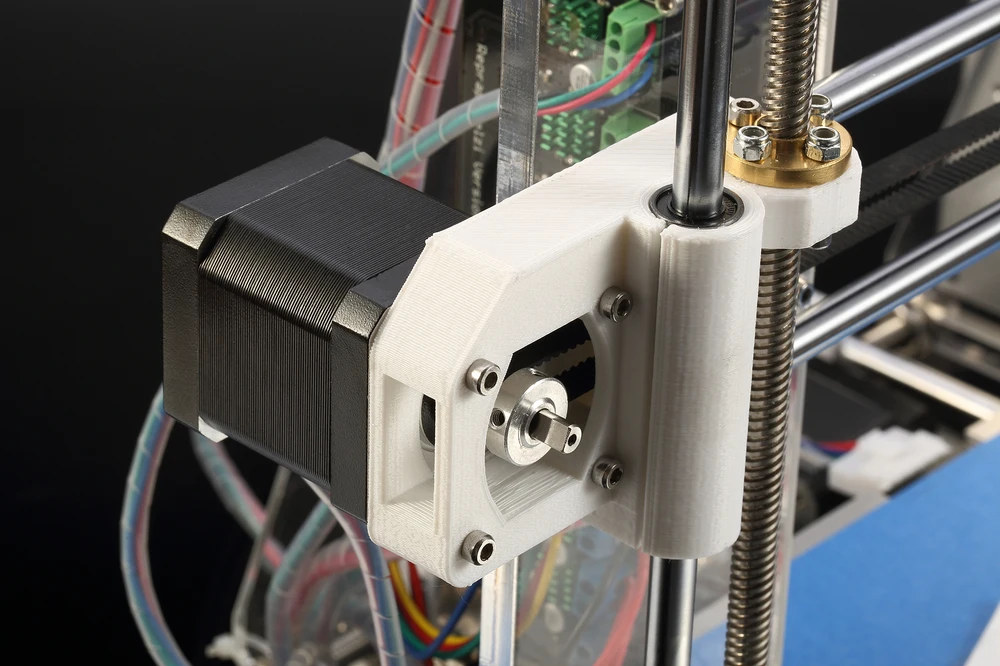 But that doesn’t have to be the end of 3D printing for English – war poetry could link in with 3D printing a tank or a spitfire, for example, which can then lead into explaining history, engineering and so on.
But that doesn’t have to be the end of 3D printing for English – war poetry could link in with 3D printing a tank or a spitfire, for example, which can then lead into explaining history, engineering and so on.
Maths: If you’re already a 3D printing enthusiast, we probably don’t have to explain how maths can come into many types of 3D print projects! If you’ve got younger children you might cover shapes and measurements, and older children can use their 3D print project to practice working through bigger calculations such as ratios.
Science: Like maths, it is pretty clear already how your 3D print projects can cover lots of science. There’s plenty of scope to demonstrate theories from physics with 3D printing, and with the right type of project (such as the skeleton project we detail below) there are plenty of ways you can cover biology too. If your child has had difficulty understanding tiny concepts such as atoms, elements and compounds or other areas of the chemistry curriculum, you’ll find plenty of 3D print projects to aid their understanding.
History: While you’ll probably want to combine 3D printing projects for history with other subjects, there are plenty of cool projects that you could do with your children to encourage their learning. If they’re studying ancient civilisations such as the Greeks or Romans, you might print a model of the Parthenon or the Colosseum, while British history provides plenty of options. Viking longboats, models of historical sites – there’s plenty to inspire those prints, especially if you’ve got the design capability.
Geography: When studying planet Earth, there is a lot of scope for working with 3D prints. 3D print a globe, help children understand map contours, river or coastal landscapes as well as understanding environmental issues and the weather. There’s loads of opportunity for teaching across different subjects with many of these types of projects, as well as being able to teach moral issues such as why littering is a bad thing.
Art and design: This one goes without saying really – in fact, this might be the place that we’d start working on 3D print projects! We’d start by getting youngsters to draw their own toy – whether that is a monster, something from Minecraft, Pokémon or whichever current cartoon is their favourite.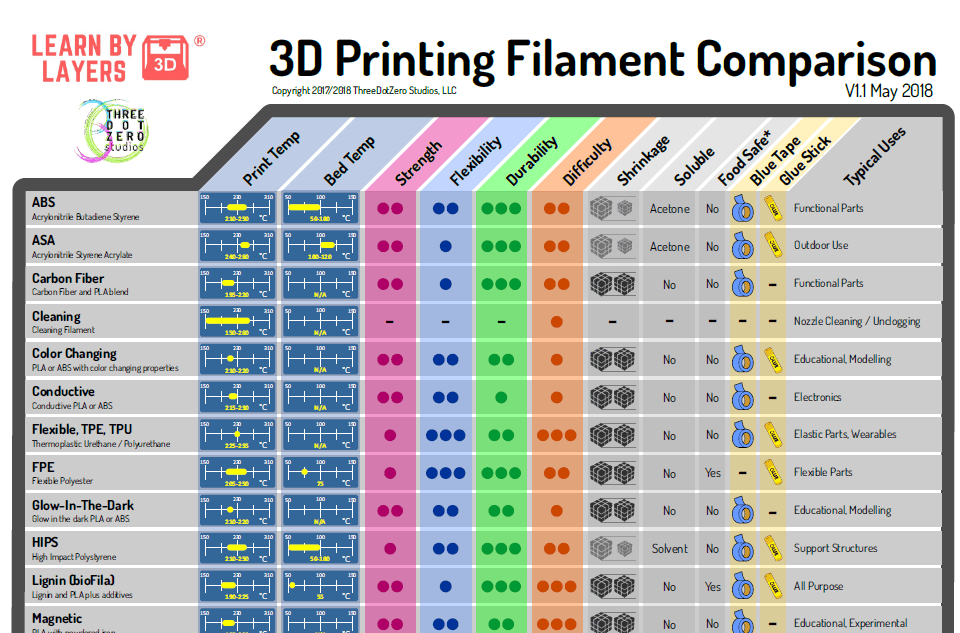 Then, (depending on their age) we’d show them, or encourage them to use whichever 3D design package you have to create the print files before printing it. For older children, the possibilities are endless.
Then, (depending on their age) we’d show them, or encourage them to use whichever 3D design package you have to create the print files before printing it. For older children, the possibilities are endless.
IT: Learning how to use CAD or design packages is just one aspect of IT that you can encourage them with. If you’re using open source software for your 3D printer, then there’s a good chance you’ll be a fan of other open source packages – and with that, there’s much more to learn that can help advance their IT knowledge. There’s loads of opportunity to learn coding alongside those 3D printing projects too, which is a requirement at most schools – so getting them ahead is only going to be a benefit in the long run.
Music: Of course, you’re never going to create a Fender Stratocaster (that’s a guitar for those of us that are better at listening to, rather than playing music!) or an instrument that would provide the same quality of sound as a traditionally made instrument. But there are plenty of projects that are available to create musical instruments with your 3D printer, whether they are full size or models. There’s also plenty of ways to design and print their own unique instruments – and who knows where that might lead! We should mention though that if you’re creating musical instruments with your children, you might want to have earplugs handy….!
But there are plenty of projects that are available to create musical instruments with your 3D printer, whether they are full size or models. There’s also plenty of ways to design and print their own unique instruments – and who knows where that might lead! We should mention though that if you’re creating musical instruments with your children, you might want to have earplugs handy….!
PE: While you can probably come up with all kinds of ways to get children moving without additional 3D printing projects, having projects that teach maths and physics and then get them running around or active in other ways is absolutely no bad thing in our opinion! There are all kinds of 3D prints that would work for encouraging exercise and play as well as learning more academic concepts – or linking it to their favourite book, in the example of the Harry Potter series! If they’ve got a bit attached to the TV or their games console, search for print projects that are linked to their latest obsession that can help to get them moving.
RE: Perhaps one of the subjects that many parents are less concerned with their children succeeding in, it is still part of the curriculum, and offers 3D printing enthusiasts loads of options to print. Check out 3D printing communities for projects to print your own religious items, such as models of Buddha, angels, models of places of worship and items that are used in worship. Don’t forget to talk about the need to be respectful of different religions and items that are used by followers of different faiths.
Where to find beginner projects
Once kids have caught the bug for 3D printing (as you probably already have yourself, if you’ve invested in a 3D printer at home!) then they’re going to have all kinds of ideas for things to create with your 3D printer. Before they have mastered how to use CAD packages, it is often simpler to spark their imagination and get them started using files that are already ready to go to print.
As we’ve mentioned before, there are loads of places online that have files available to use for free, with instructions. Here are some of our favourite places to search for simple and beginner level projects – with many of these being ideal for kids, as long as you’re supervising the print! If you’ve been 3D printing for a while, we probably don’t need to tell you about many of these resources, but we’ll cover some of our favourites here.
Here are some of our favourite places to search for simple and beginner level projects – with many of these being ideal for kids, as long as you’re supervising the print! If you’ve been 3D printing for a while, we probably don’t need to tell you about many of these resources, but we’ll cover some of our favourites here.
Thingiverse has an absolutely massive community of 3D printing enthusiasts, and a wide range of projects to download and print for free.
MyMiniFactory has 3D print designs that have been created and uploaded by users of their community. Some of these are chargeable though, so keep a close eye on the projects your children are picking!
YouMagine is a full of projects that cost nothing to download, which is ideal when you’re starting out and don’t want to spend a lot.
PinShape offers a wide range of free and paid designs to download, with many of them particularly high quality, with technical information that allows you to get your project printed quickly.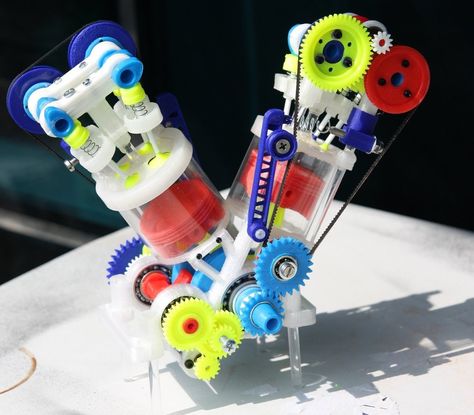
GrabCAD has some free to download projects that are ideal for first-time 3D printers.
If you’ve got a child that wants a project to adapt to their own specifications, then Repables has projects that are uploaded by anybody. That means that the quality of some of the projects may not be as high as on other platforms, but could be perfect for learning more about how to edit and adapt.
Educational 3D printer projects for kids
While there are loads of potential projects to find for yourselves on the 3D printing communities, and can create your own curriculum or project list through the summer, or to support learning through lockdowns, we thought we’d find some great projects as examples. We think some of these are fun enough to want to do for grown-ups too!
Elastic band powered glider
Creating an aeroplane that can actually fly is a great little project – especially if you’re jetting off on a holiday any time soon! Once you’ve downloaded the files and 3D printed your plane, you simply need an elastic band to make this project take off.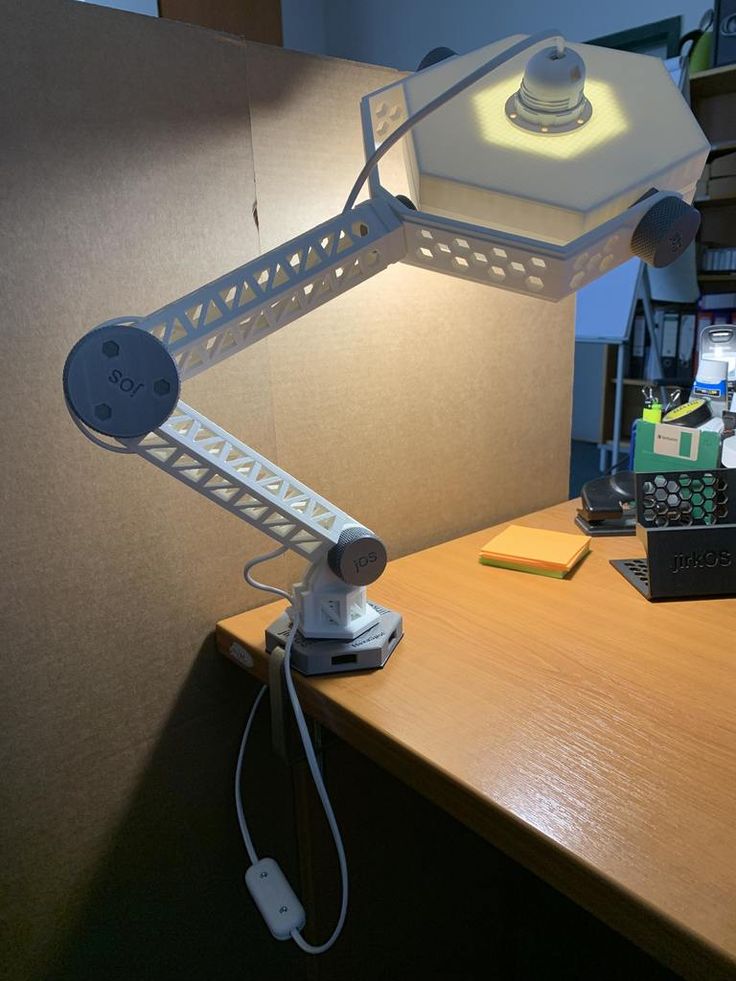 Head out into the garden, or if your garden is on the smaller size you might want to head for the nearest big (and empty) field for a walk to test your creation. The last thing you need is broken windows, after all!
Head out into the garden, or if your garden is on the smaller size you might want to head for the nearest big (and empty) field for a walk to test your creation. The last thing you need is broken windows, after all!
With this project you’ll be able to help kids put theories of angles and motion into action, and if you are able to measure how far the plane can fly, you’ll be able to help them understand distance as well. If you’ve got older children, you’ll be able to teach them about speed, and cover the speed = distance / time equation, which they’ll need to know for GCSE science. If you’re heading out on a windy day, you’ll be able to explain the impact of the weather on how the plane flies, depending on which way you aim the plane.
There are absolutely loads of variations of this type of project that can be found, so if the one we’ve linked to doesn’t suit your needs, you’re bound to find one that does on one of the 3D printing communities. There’s a hidden bonus for tired parents with this project too! Not only will you have loads of fun seeing how far the plane can actually go, you’ll also be able to tire the children out as they run back and forth chasing it.
There’s a hidden bonus for tired parents with this project too! Not only will you have loads of fun seeing how far the plane can actually go, you’ll also be able to tire the children out as they run back and forth chasing it.
Suggested age range: 6+
Teach kids about: Angles, motion, elasticity, distance, speed, weather (physics, engineering, mathematics, geography)
Files available here.
3D cube puzzle toys
This project is a much simpler one that is suitable for younger children to play with when they’re a bit more advanced than playing with simple blocks. While this project probably isn’t going to hold too much interest for older children, 3D cube puzzle toys have endless combinations, helping little minds learn about geometry and engineering concepts from a young age.
If you’re a grown-up fan of building blocks and Lego, you might print this toy at a smaller scale for your desktop – we fancy it on ours for those long Zoom calls!
Suggested age range: Age 3+
Teach kids about: Basic geometry, balance and engineering concepts
Files available here.
Bottle rocket launcher
We recommend this type of project for when it’s a hot sunny day and the kids want to play with water in the garden. Essentially pumping air into a bottle with water, in this project the print is simply to create the housing for the launch pad and nozzle. You can use an air compressor, or keep it low tech using a bike pump.
You’re going to be teaching children about pressures and forces in this project, and if your child is really into rockets and going into outer space, there is a whole section on the NASA website about rockets that you might find useful – and there’s a variation on the bottle rocket launcher project using other materials here.
While this is a great project for combining fun and understanding science, is also a great one to teach them how important safety measures are! If you’re going to tackle this project and the fun that can come from it, we strongly recommend the use of safety glasses, in case any parts fail or end up flying in the wrong direction. And finally, it should go without saying that children should never be left unsupervised with this type of setup.
And finally, it should go without saying that children should never be left unsupervised with this type of setup.
Suggested age range: Age 7+ (supervised)
Teach kids about: Pressure, force (physics, engineering, mathematics)
Files available here.
Spinning tops
There are very few adults that can say that they never played with a spinning top as a child – even if it was just one that they had out of a Christmas cracker! However, spinning tops are great for teaching balance and motion, and if you want to do a really thorough lesson, you might also print a spinning top that is unbalanced, to show how spinning time is impacted.
If you want to make this project last a bit longer and touch on more points, there’s a great lesson plan suitable for children age 8 and up here that gets children creating their own spinning top from household materials that could work well as a secondary project.
Suggested age range: 3+
Teach kids about: Energy, motion, force, engineering design, mathematical concepts (physics, engineering, mathematics)
Print files and instructions available here.
3D print skeleton
Spooky, scary skeletons aren’t just for Halloween decorations (although this project would be absolutely brilliant to do in October too!) they’re also perfect for teaching children about what is under their skin! This project is great for children who are curious about their own anatomy, but also for older children who need to learn the names of bones for their GCSE or A-level exams.
Since this particular project involves printing multiple parts that are designed to come apart and snap together, you’ll want to keep those parts away from small children.
Suggested age range: 7-8 years +
Teach kids about: Biology
Files and instructions available here.
Maths spinner
Learning how to add, subtract, multiply and divide is much more fun – and memorable – when there is a toy involved! This rotating maths spinner isn’t high-tech, but is great to help younger children learn their number bonds from 1 to 10, and remains relevant as they move through primary school and are learning times tables and division.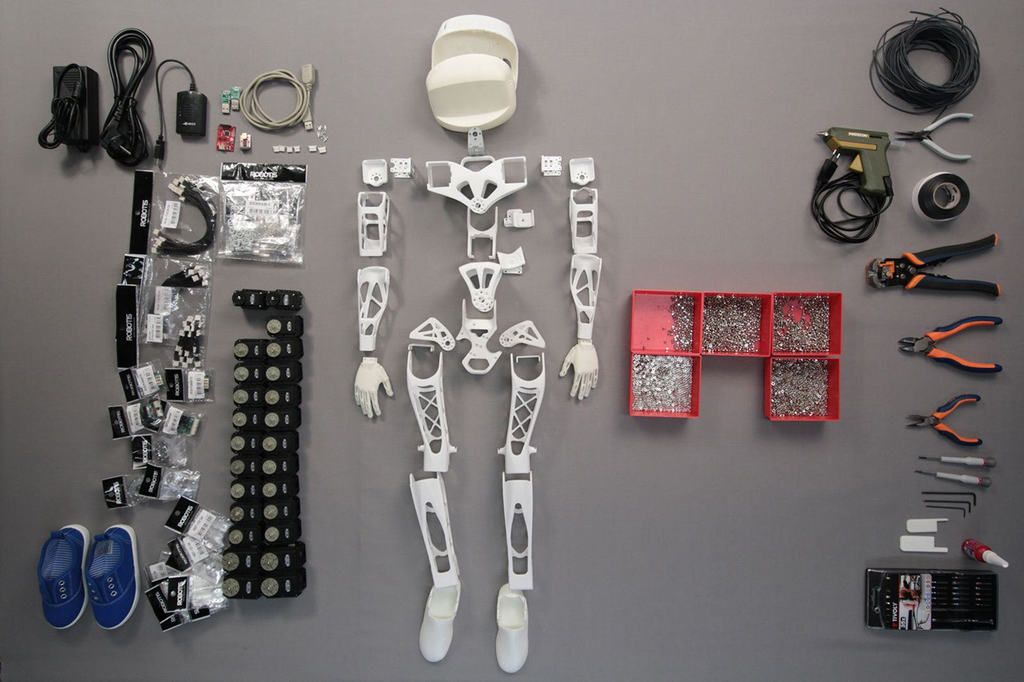
This type of rotating maths toy is available to buy in loads of places online that you can buy toys, but having their own version 3D printed in the colours they love, while they wait means they’re more likely to actually reach for the toy. And frankly, having Mum or Dad print something to help them with their maths sounds like the sort of memory that many kids would love to have – even if they decide they don’t like maths in the long run.
Suggested age range: 3+
Teach kids about: Adding, subtracting, multiplication and division (primary school mathematics)
Files and instructions available here.
Jet engine
Children that are interested in (or obsessed with – let’s face it!) engines or aeroplanes will absolutely adore learning more about how jet engines work. Since it isn’t easy to get children up-close and personal with this type of engine, (particularly during COVID-19 lockdowns!) having a 3D printed model of one can help children understand exactly how they work. If you’re heading off on holiday on an aeroplane, why not make a lesson part of it? This Aviation for Kids mini course would be a great way to deflect their attention from their holiday countdown.
If you’re heading off on holiday on an aeroplane, why not make a lesson part of it? This Aviation for Kids mini course would be a great way to deflect their attention from their holiday countdown.
There are loads of ways to combine this jet engine print and lesson with all kinds of other cool stuff from the world of engineering and physics – or move into the history of jet propulsion and other types of transport.
Suggested age range: 6+
Teach kids about: Engineering, physics, mathematics
Files available here.
Harry Potter projects
There’s more time than ever during lockdowns and summer holidays to read, and Harry Potter is still one of the most loved series of books for children. We applaud anything that helps to get children reading more, and you might use this Harry Potter wand project as an incentive to get on and finish that book they’re going slowly with.
Need another incentive to keep them reading? Well, there are quite literally hundreds, if not thousands of Harry Potter projects for 3D printers across different 3D printing communities.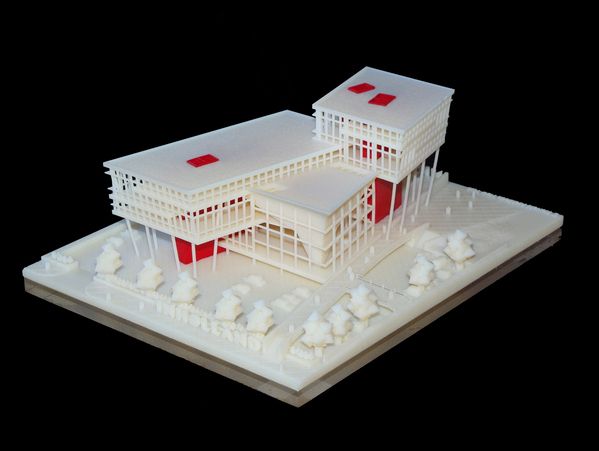 We think this Deathly Hallows inspired wand holder would be a fantastic addition to a bedroom, and this Harry Potter bookmark would be a great reward for reading regularly over the course of a week or so. If you’re trying to work Harry Potter into the whole curriculum, you might try these cookie cutters for baking, and a golden snitch for playing quidditch in PE!
We think this Deathly Hallows inspired wand holder would be a fantastic addition to a bedroom, and this Harry Potter bookmark would be a great reward for reading regularly over the course of a week or so. If you’re trying to work Harry Potter into the whole curriculum, you might try these cookie cutters for baking, and a golden snitch for playing quidditch in PE!
Although some of the later books as Harry and friends get older are darker and more intense, once a Harry Potter fan, almost always a Harry Potter fan, we think!
Suggested age range: 7+
Teach kids about: Almost any part of the curriculum can benefit from a little Harry Potter magic!
Build a 3D printer
With a desire to make, there might come a point at which your children want their own 3D printer. Rather than buying another item, why not inspire them to create their own? This project is really low budget, and uses recycled parts, so is not only low cost, but also a great way to show them how to reduce their consumption of raw materials.
This is a more advanced project, and probably for teenagers but if your child has an interest in electronics and engineering, and they want to get to grips with building their own machines this one is a good one. You’ll need a stash of old items that they can use to make it, or have access to second hand items. The best thing about this project? They get to create even more stuff with their new, self-built 3D printer!
Suggested age range: 12 upwards
Teach kids about: Electronics, engineering, computing, coding,
Files available here.
Get them to design their own 3D print projects
If you’ve got an older child, or one that is particularly creative, get them started designing their own print projects in 3D. Autodesk’s Tinkercad is a great design tool that is easy to use, and can be used for 3D design, electronics, and coding. For kids who are obsessed with Minecraft (and there are plenty of them!) there are options for doing Minecraft modelling, as well as designing with bricks and Lego. There are no downloads, and it can be used on tablets or PCs – so once you’ve got them signed in with an account (you can sign up with a Google account) it really couldn’t be easier to keep them engaged.
There are no downloads, and it can be used on tablets or PCs – so once you’ve got them signed in with an account (you can sign up with a Google account) it really couldn’t be easier to keep them engaged.
If you don’t want you children on your PC, getting them a very inexpensive PC like a Raspberry Pi is a great way to get them designing and working differently. We’re assuming you’ve got access to a 3D printer if you’re this far into the post – in which case, a great first project is for them to 3D print a case for their Pi! These little but powerful PCs are great to work with, and since they run most types of open source software, you can have them using open source 3D printing packages such as MatterControl or FreeCad.
Suggested age range: 10 +
Teach kids about: Almost anything – but mostly design, computing, coding
3D designs with robotics
If your children are already on board with the 3D printing projects, you can take it up a notch and get them to add robotics in. Creating a robotic arm that is controlled with Arduino software (open source software) might not be the most straightforward of projects, since there are electronics and coding required. But with the right settings, it might just be a long-term challenge that you and your child can focus on together.
Creating a robotic arm that is controlled with Arduino software (open source software) might not be the most straightforward of projects, since there are electronics and coding required. But with the right settings, it might just be a long-term challenge that you and your child can focus on together.
If a robotic arm isn’t quite your thing, how about a robotic animal? As with all types of 3D printing projects, there are plenty of options to get your children involved in, but this robot snake is a great option. It requires printing several parts as well as the electronics, but there’s something pretty cool about being able to control a snake – especially one that isn’t going to harm you!
Suggested age range: 12 upwards
Teach kids about: Electronics, engineering, computing, coding
Useful resources for teaching children
When you’re trying to explain something to your child and they don’t quite understand it, things can get frustrating.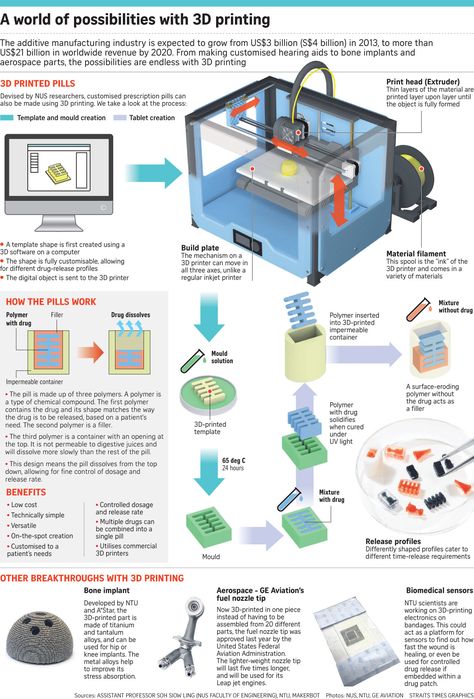 Don’t worry, that isn’t your fault – sometimes even teachers with years of experience don’t get it quite right for every student, and it takes another person to explain the idea before the proverbial penny drops. With that in mind, don’t feel like a failure if you need to refer to another resource to succeed. Since many of us are in the same boat with home learning this year, we thought we’d mention some of the resources we refer to regularly.
Don’t worry, that isn’t your fault – sometimes even teachers with years of experience don’t get it quite right for every student, and it takes another person to explain the idea before the proverbial penny drops. With that in mind, don’t feel like a failure if you need to refer to another resource to succeed. Since many of us are in the same boat with home learning this year, we thought we’d mention some of the resources we refer to regularly.
We can’t talk about learning at home without mentioning BBC Bitesize. Whether your child is in their first term at primary school or they’re preparing for GCSE or A-level study (and beyond in many cases) the BBC Bitesize website has some amazing resources that follow the curriculum, and you can search for a particular topic.
This post from publishers Scholastic has 50 online resources for at-home lessons in almost all subjects, so if you’re stuck with what to teach them in the summer holidays, or you’re searching for a way to demonstrate a concept, you’re bound to find something in one of the links here.
There are (quite literally) millions of videos about all kinds of subjects on YouTube – from experts in their fields to self-taught amateurs. You’ll want to check videos for yourself before watching with the kids – unless it is from a well-known content provider. However, there is a separate section for learning-based videos, which is a good place to start.
Pinterest is another great source of inspiration and there are some amazing links to be found on there – however, after we’ve lost an awful lot of hours to Pinterest, we recommend scrolling with care, since you can lose a lot of time once you start pinning!
Final thoughts
Although having kids at home during COVID lockdowns can be challenging, especially if you are attempting to work from home at the same time. But having projects that they can work on alongside you, that are fun and still educational will help them learn those valuable lessons and give them memories that will last forever.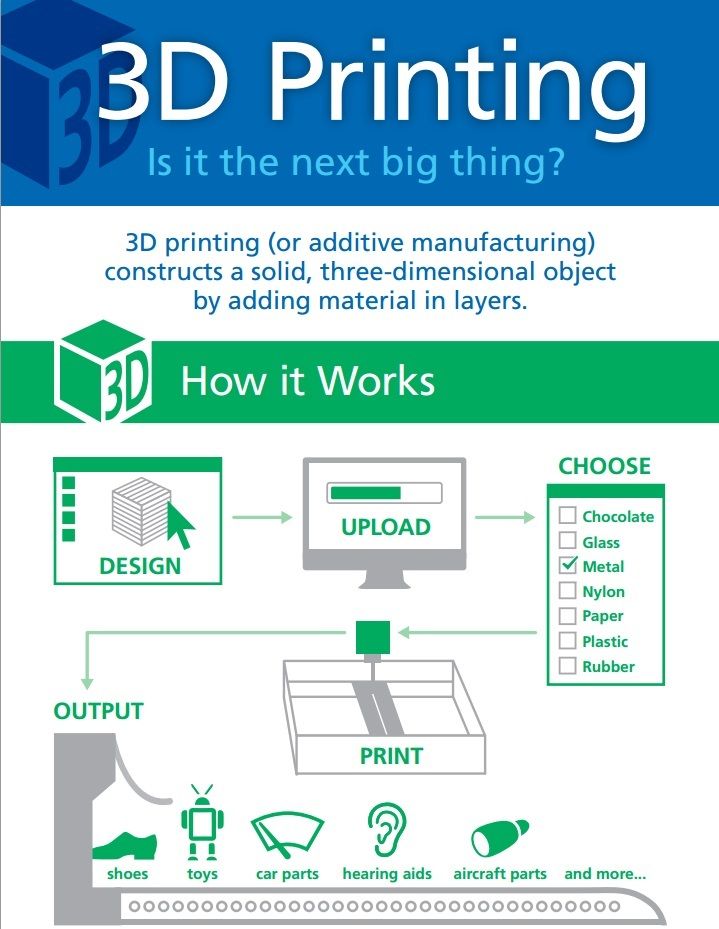 Who knows, they might even inform their future career choices and you could have a talented designer or engineer on your hands as a result of this type of project!
Who knows, they might even inform their future career choices and you could have a talented designer or engineer on your hands as a result of this type of project!
If you’re in need of materials for projects with your children, be sure to check out our range of materials. If you’ve been inspired by the projects in this article, tag us in your social media posts – we’d love to see your work!
Facebook: @hobartsgroup
Twitter: @hobartsgroup
Instagram: @hobartslasers
3D Printing Ideas for Students: 16 Useful Projects For The Classroom
This post may contain affiliate links.
Sharing is caring!
- Share
- Tweet
If you’ve just gotten a 3D printer for your classroom and are looking to get started, you’ve come to the right place! In this article we are going to review some awesome ready to go 3D printing ideas for students that can get you started printing useful 3D prints for the classroom.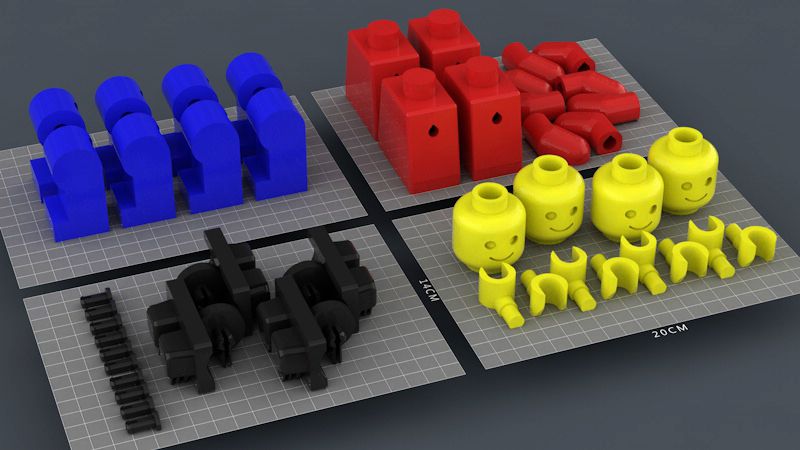
We’ve also included an introduction to 3D printing in schools and some beginner tutorials to get started with 3D printing for kids.
What is 3D printing?
3D printing means building a physical object from a digital model. This is done by thinly layering melted plastic to build the object.
3D printers can print useful objects like caps, lids, hooks, and bolts. They can also print toys like fidgets, figurines, and articulated characters. 3D printing is an evolving field and 3D prints are being used for amazing medical inovations like hip replacements and valve repairs. 3D printing is likely to continue to grow over the next decade.
3D Printing Tutorials For Kids
If you are looking to get your students involved in the process of 3D print and design we have created a beginner 3D printing tutorial for just that. Our tutorial consists of a google slides presentation with step by step instructions that will guide your students through the process of designing in 3D with TinkerCad.
Students will create their own custom name tag keychain when they’ve finished our tutorial.
16 Easy 3D Printing Ideas for Students
Sometimes you just want to download an already completed design and hit print. These done for your 3D prints will help your students see just what a 3D printer can print. Not only will students enjoys these awesome 3D printed objects, they will be useful in your classroom too!
3D Printed Pencil Holder
By JamesThePrinter
Photo Credit: JamesThePrinterThis woven 3D printed pencil holder is perfect for helping kids keep their desks organized. At the end of the year this pencil holder will make a great souvenir for kids to bring home.
Download and print here.
3D Printed Fraction Blocks
By Andrew_Sink
Photo Credit: Andrew_SinkTeaching fractions just got a whole lot easier! These printable math manipulatives help students visualize fractions easier.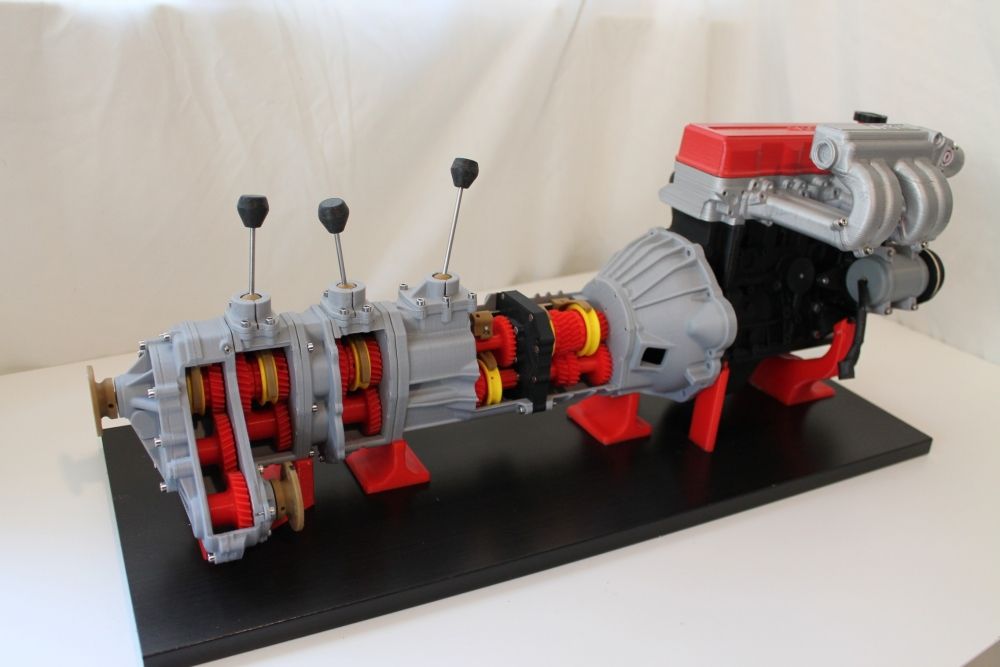 With your own 3D printer you can print as many as you need for the classroom.
With your own 3D printer you can print as many as you need for the classroom.
Download and print here.
3D Reading Bar
By Makers Making Change
Photo Credit: Makers Making ChangeHelp struggling readers and students with ADHD in your classroom with this simple 3D printed tool. This text isolater helps students focus line by line on the text while reading.
Download and print here.
Reading Support Bar
By Ax
Photo Credit: By AxThis little tool makes reading and holding a book with one hand a lot easier. Students who love to read will appreciate this little tool.
Download and print here.
Gold Medals
By Murdoc
Photo Credit: MurdocThese custom gold medals are perfect for celebrating your student’s achievements.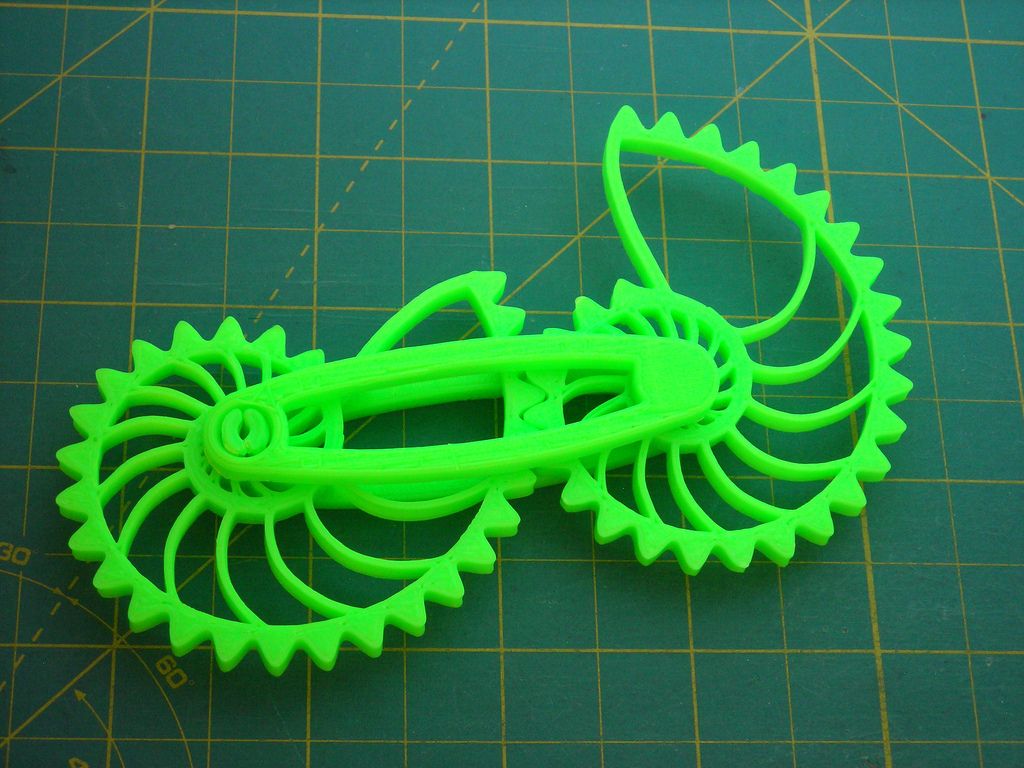 They would be great as a student of the month prize or to celebrate other successes.
They would be great as a student of the month prize or to celebrate other successes.
Download and print here.
Desk Mount Headphone Holder
By Beaver
Photo Credit: BeaverWith more and more students using chromebooks and other technology in the classroom, its not uncommon to see headphones at every desk. This desk mount headphone holder will keep your students headphones organized.
Download and print here.
Desk Bag Hook
By PieSupplies
Photo Credit: PieSuppliesAnother simple and incredibly useful design for the classroom! These bag hooks will keep students bags off the floor and organized. This desk bag is also useful for hanging purses at restaurants!
Download and print here.
Find Pairs Matching Game
By Jobla
Photo Credit: JoblaThis matching game is such a unique way to use 3D printing for learning in the classroom. Using the included templates you can create matching quizzes for students to complete.
Using the included templates you can create matching quizzes for students to complete.
Download and print here.
Teaching Clock
By phi.gl
Photo Credit: phi.glI have to admit, with the almost universal use of digital clocks these days, I’m not even sure my own kids can read an analog clock! This 3D printed analog clock model will help kids to learn to read the time on analog clocks. Hold on while I print one quick for my own house!
Download and print here.
Educational Interlocking Blocks
By: DC
Photo Credit: DCThese math manipulatives can be used to make equations. Students can practice their addition, subtraction, multiplication and division with these unique blocks.
Download and print here.
Classroom Passes
By: bjripp
Photo Credit: bjrippKeep track of bathroom breaks, library passes and hall passes with these 3D printed passes.
Print and download here.
Expo Marker Set Holder
By: Pdogman
By: PdogmanThis marker holder will hold 4 expo markers along with a brush and spray. Perfect for organizing your whiteboard area!
Print and download here.
Infinite Fidget Cube
By: DaVinci2000
Photo Credit: DaVinci2000Fidget toys are all the rage and can be useful for kids with sensory needs in the classroom. These 3D printed fidget toys are the perfect printed fidget toy!
Download and print here.
Frog Dissection Kit
By Makerbot
Photo Credit: MakerbotHow cool is this 3D printed frog dissection kit? Skip the gore and 3D print this frog to learn about frog anatomy without the yuck!
Download and print here.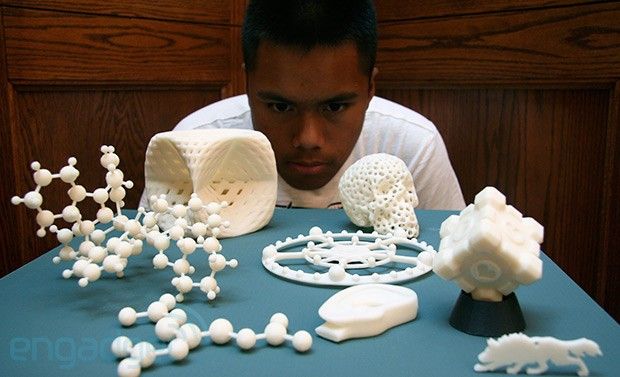
Parallel Line Drawing Tool
By: CodeCreations
Photo Credit: Code CreationsThis line drawing tool is perfect for music teachers and primary teachers who are teaching printing skills.
Download and print here.
Custom Bubble Wand
By: preealpha
Photo Credit: preealphaThis custom bubble wand is the perfect project for a kindergarten or primary grade class. Who doesn’t love bubbles? This custom wand will make a great souvenir that children can bring home and use again.
Download and print here.
3D Printing + Classroom = Fun
There are so many ways to bring 3D printing to your classroom. Did you try any of the ideas above? Drop us a line in the comments and let us know what you’ve made with your printer thus far!
Katie Victoria
Katie is mom of two rambunctious boys and a self-proclaimed super nerd.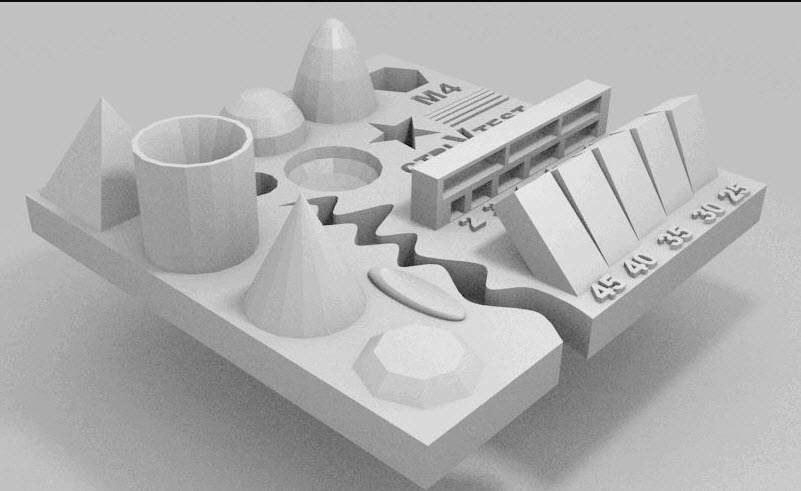 With a background in neuroscience, she is passionate about sharing her love of all things STEM with her kids. She loves to find creative ways to teach kids computer science and geek out about coding and math. You can find her blogging at Teach Your Kids Code.
With a background in neuroscience, she is passionate about sharing her love of all things STEM with her kids. She loves to find creative ways to teach kids computer science and geek out about coding and math. You can find her blogging at Teach Your Kids Code.
3D printers in education
Supplier of 3D equipment since 2010
+7 495 646-15-33
3D scanners 3D-printer-printer-programmic service one of the main educational trends of recent years. Schools and universities in Russia and around the world clearly understand that without the use of 3D printers today it is impossible to provide students with a truly comprehensive training. nine0003
- As 3D printers help in training
- for techies and creators
- Examples of use
- Select 3D printer
- as 3D printers help in training
- for technicians and creators
- Sections of use 3D printer
A few years ago, 3D equipment was not well represented in domestic colleges and universities due to its high cost. But now the situation has changed. First, high-quality 3D printers at an affordable price began to appear on the market. In addition, the state actively supports innovative programs in educational institutions by allocating funds for the purchase of 3D printers and 3D scanners. nine0003
But now the situation has changed. First, high-quality 3D printers at an affordable price began to appear on the market. In addition, the state actively supports innovative programs in educational institutions by allocating funds for the purchase of 3D printers and 3D scanners. nine0003
A few years ago, 3D equipment was not well represented in domestic colleges and universities due to its high cost. But now the situation has changed. First, high-quality 3D printers at an affordable price began to appear on the market. In addition, the state actively supports innovative programs in educational institutions by allocating funds for the purchase of 3D printers and 3D scanners.
How 3D Printers Help Education
Educational institutions around the world are using 3D printing. 3D printers improve the learning process, develop imaginative thinking among students, accustom future specialists to automated programming and design. 3D printing greatly increases the interest in the learning process, as it allows students to feel like a real innovator. nine0003
nine0003
Having created a model on a computer, a student will be able to hold it in his hands in a few hours - this is a great motivation to create something new.
Students who use a 3D printer for educational purposes have the opportunity to learn from their own mistakes. On paper or a computer, it is difficult to notice the flaws of the model, and when creating a mock-up or test part, the student, having modeled it on a computer in a 3D program, holds it in his hands after a short period of time. If something does not work, then this is not a problem, you can try again. nine0003
For the educational institutions themselves, the installation of a 3D printer will not only raise the general prestige, but also train real specialists capable of performing real design tasks. At the same time, impressive costs for the purchase of the equipment itself and for its further use will not be required.
3D printers are great for all ages. 3D modeling devices will be of interest to younger students for general development, acquaintance with technology, for use in the game mode. High school students and students will appreciate the benefits of 3D printers from a practical point of view. With their help, it will be possible to implement author's projects, print practical tasks, develop creative abilities and skills. nine0003
High school students and students will appreciate the benefits of 3D printers from a practical point of view. With their help, it will be possible to implement author's projects, print practical tasks, develop creative abilities and skills. nine0003
How 3D printers help in education
Educational institutions around the world are using 3D printing. 3D printers improve the learning process, develop imaginative thinking among students, accustom future specialists to automated programming and design. 3D printing greatly increases the interest in the learning process, as it allows students to feel like a real innovator.
Having created a model on a computer, a student will be able to hold it in his hands in a few hours - this is a great motivation to create something new. nine0003
Students who use a 3D printer for educational purposes have the opportunity to learn from their own mistakes. On paper or a computer, it is difficult to notice the flaws of the model, and when creating a mock-up or test part, the student, having modeled it on a computer in a 3D program, holds it in his hands after a short period of time. If something does not work, then this is not a problem, you can try again.
If something does not work, then this is not a problem, you can try again.
For the educational institutions themselves, the installation of a 3D printer will not only raise the general prestige, but also train real specialists capable of performing real design tasks. At the same time, impressive costs for the purchase of the equipment itself and for its further use will not be required. nine0003
3D printers are great for all ages. 3D modeling devices will be of interest to younger students for general development, acquaintance with technology, for use in the game mode. High school students and students will appreciate the benefits of 3D printers from a practical point of view. With their help, it will be possible to implement author's projects, print practical tasks, develop creative abilities and skills.
Technical and creative 3D printers
In technical universities 3D technologies are the most popular. Students can design objects, parts and layouts right in the classroom, make prototypes using a 3D printer, evaluate and test them. 3D printing, already included in the curriculum of many universities, enables students to bring their design ideas and ideas to life, thereby increasing their relevance in a high-tech manufacturing environment.
3D printing, already included in the curriculum of many universities, enables students to bring their design ideas and ideas to life, thereby increasing their relevance in a high-tech manufacturing environment.
3D printers that print plastic products are commonly used to teach engineering students. Such equipment allows to obtain durable prototypes and mechanisms that can withstand physical stress and be tested. nine0003
3D printers for technical and creative professions
In technical universities 3D technologies are the most popular. Students can design objects, parts and layouts right in the classroom, make prototypes using a 3D printer, evaluate and test them. 3D printing, already included in the curriculum of many universities, enables students to bring their design ideas and ideas to life, thereby increasing their relevance in a high-tech manufacturing environment. nine0003
3D printers that print plastic products are commonly used to teach engineering students.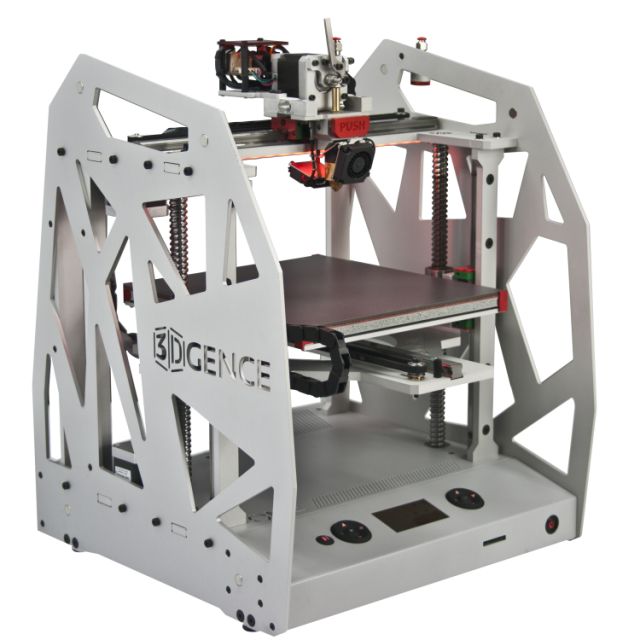 Such equipment allows to obtain durable prototypes and mechanisms that can withstand physical stress and be tested.
Such equipment allows to obtain durable prototypes and mechanisms that can withstand physical stress and be tested.
Robotic Prosthetic Hand Design
Parts of a Miniature Aircraft Engine
Housing for a Test Model Aircraft
Robotic Prosthetic Hand Design
Parts of a Miniature Aircraft Engine
Aircraft Test Case
Creative Specialties is another area where 3D printing is being used extensively. Future architects and designers with the help of 3D printers can implement the most daring projects, experiment with materials and shapes. The ability to quickly visualize and physically implement their own projects allows students to master many aspects of their future profession much faster.
Full color 3D printers are the best choice for architecture and design students. Such equipment will allow your students to quickly get bright and visual visualizations of their projects. nine0003
Creative specialties is another area where 3D printing is actively used. Future architects and designers with the help of 3D printers can implement the most daring projects, experiment with materials and shapes. The ability to quickly visualize and physically implement their own projects allows students to master many aspects of their future profession much faster.
Future architects and designers with the help of 3D printers can implement the most daring projects, experiment with materials and shapes. The ability to quickly visualize and physically implement their own projects allows students to master many aspects of their future profession much faster.
Full color 3D printers are the best choice for architecture and design students. Such equipment will allow your students to quickly get bright and visual visualizations of their projects. nine0003
Student architectural layout
Design Chair
Design Development of shoes
Student architectural layout
Designing chair
Design development of shoes
Examples of use of 3D printers in education
9000 3D printers today are actively used in schools and schools and schools and schools universities throughout Russia. Their prototyping centers are open at Moscow State University, Moscow State Technical University. Bauman, MEPhI, Volga University and other universities.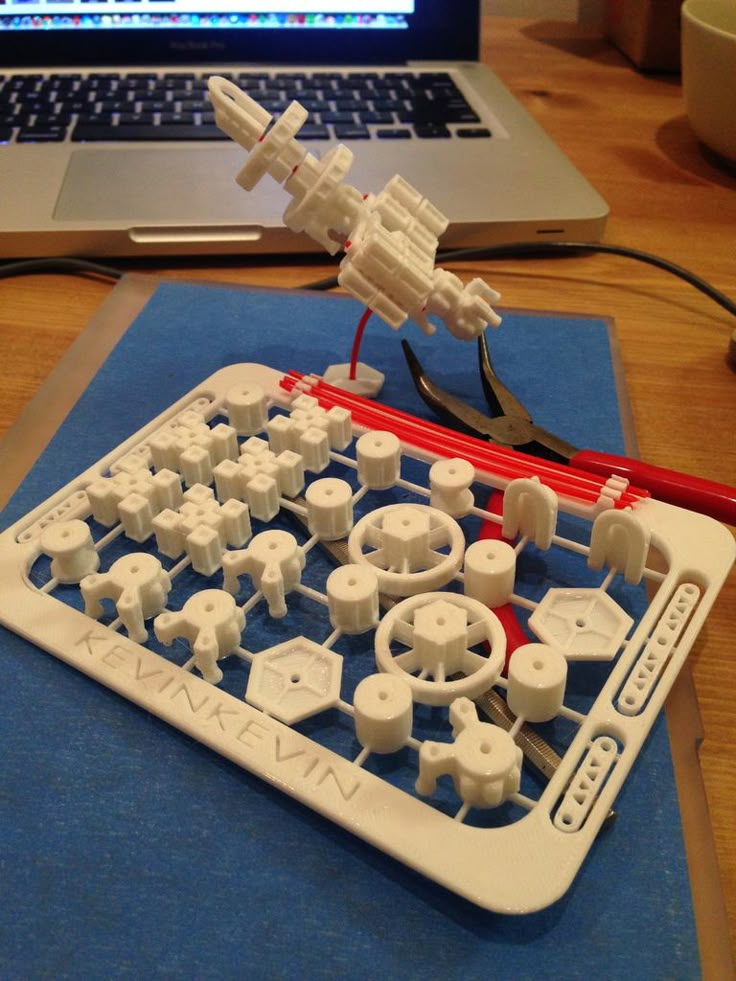 Here are some examples of the use of 3D printing by Western educational institutions:
Here are some examples of the use of 3D printing by Western educational institutions: SISSA International School for Special Studies significantly improves its development rates >>
University students create drones using 3D printers >>
Examples of the use of 3D printers in education
3D printers are now actively used in schools and universities in throughout Russia. Their prototyping centers are open at Moscow State University, Moscow State Technical University. Bauman, MEPhI, Volga University and other universities. Here are some examples of the use of 3D printing by Western educational institutions:
An International School for Special Sissa Research significantly improves their developments >>
University students create drones using 3D printer >>
3D printers for the formation of
Stratasys F120
3DLAM 9000 9000 9000 9000 9000 9000 9000 9000 9000 9000 9000 9000 9000 9000 9000 9000 Total-Z AnyForm 450 PRO
3D Systems ProJet CJP 660 Pro
Stratasys F120
3DLAM Mini
Total-Z Anyform 450 Pro
3D Systems Projet CJP 660 Pro
- +7 495 646-15-33
 ru
ru 2010–2022, Globates (Globates JSC). All rights reserved.
Privacy policy and personal data processingPrices on the site are for reference only. Not an offer.
Seven Reasons to Use 3D Printing in Education
The development of modern technologies does not bypass educational institutions. Ceiling projectors in the 1930s, pocket calculators in the 1970s, personal computers in the 2000s, technology has always been used to engage students and prepare students for postgraduate realities.
The era has come when 3D printing will completely change the idea of classrooms and laboratories. Advances in 3D printing have made the technology more convenient and accessible, helping to increase its popularity in educational circles. nine0003
Workers in almost any scientific discipline have the opportunity to use 3D printing as part of the educational process, both in classic face-to-face seminars and in online classes. The thoughtful integration of this technology into educational spaces will enable educators to improve academic performance by developing student analytical and critical thinking skills.
The thoughtful integration of this technology into educational spaces will enable educators to improve academic performance by developing student analytical and critical thinking skills.
In this article, we explore seven benefits of using 3D printing technology using Formlabs 3D printers to create a real interactive learning environment, unleash creativity, prepare students for combat, and more. nine0187 Seven reasons for introducing 3D printing technology into the educational process:
- 1. Creation of an interactive learning environment;
- 2. Development of creativity and innovation;
- 3. Improved perception of the real world;
- 4. Preparation for postgraduate practice;
- 5. Involvement in digital processes;
- 6. Development of problem-solving skills;
- 7. Development of design thinking.
Creating an interactive learning environment
Students enjoy immersing themselves in the learning process if the learning environment makes them participants in this process. Material presented through slides can at best only arouse interest and hold attention for a short time. 3D printing technology makes learning dynamic by encouraging students to develop critical thinking skills while designing models. Interactive sessions allow you to explore advanced topics in more depth while developing practical skills such as decision making and problem solving. In addition, 3D printing is accessible to students with different perceptions of the material, which means that kinesthetic and visual learners will equally experience all the benefits of this approach to learning. nine0003
Material presented through slides can at best only arouse interest and hold attention for a short time. 3D printing technology makes learning dynamic by encouraging students to develop critical thinking skills while designing models. Interactive sessions allow you to explore advanced topics in more depth while developing practical skills such as decision making and problem solving. In addition, 3D printing is accessible to students with different perceptions of the material, which means that kinesthetic and visual learners will equally experience all the benefits of this approach to learning. nine0003
For example, 3D printing is a part of almost all engineering courses. Students learn 3D printing technology for product development and prototyping, creating functional assemblies and mechanisms, etc. Practicing engineers work on a similar principle. This means that students are given the opportunity, through hands-on experience, to understand what the real job of an engineer is.
Stereolithography (SLA) 3D printing is ideal for custom designs such as anatomy for biology or other medical subjects. nine0217
nine0217
3D printing can be introduced into the educational process not only in engineering areas. In the field of teaching, there are many opportunities for using 3D printing: biology students can print anatomical models of organs, future chemists can study the structure of molecules from their 3D models, graphic designers can create 3D versions of their creative works, historians can recreate historical artifacts, architects - print 3D models of building designs.
Despite the spread of distance learning, the opportunity to gain practical skills has been preserved thanks to technology. A case in point was the case of Michael Silver, professor of architecture at the University of Kentucky College of Design and Architecture, who prints and mails models of buildings his students have been working on. Having physical models of objects helps students analyze their own concepts and ideas. As a result, despite the remote format of classes, 3D printing made it possible to maintain the important principle of “immersion in the process”.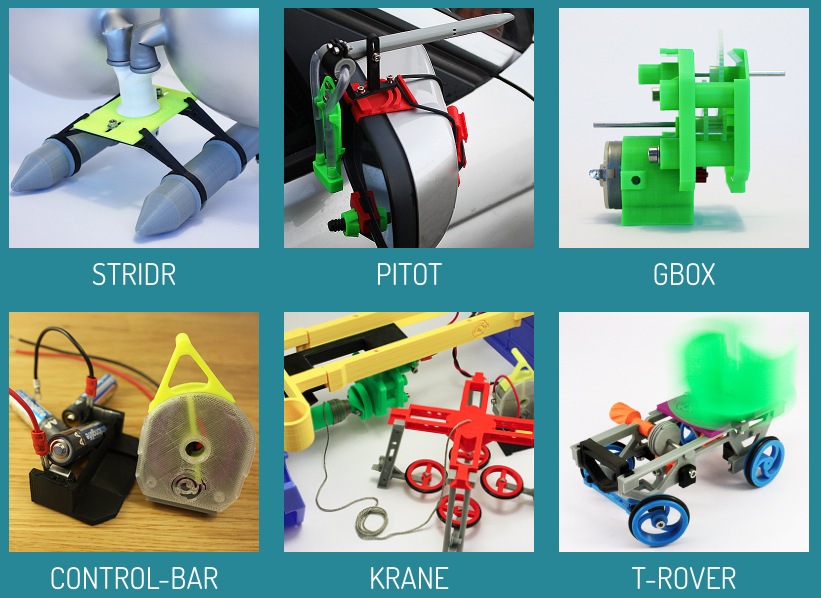 nine0003
nine0003
Developing creativity and innovation
Creativity, while often underestimated, is a critical skill for any successful student. It affects the ability to generate new ideas and develop innovative solutions. 3D printing technology is entirely based on creative skills, encouraging students to find solutions to problems through 3D printing, design models using computer-aided design (CAD) programs, and work on optimizing the printing process. In addition to this, students can color the finished models, further revealing their creative potential. nine0003
3D stereolithography (SLA) printed finished products feature smooth surfaces, incredible detail, and ease of painting.
At the University of Massachusetts Lowell, Professor Yoko Oda uses 3D printing to improve his curriculum in 3D design, sculpture, 3D modeling and animation. One of the latest significant developments in the world of sculpture is the use of virtual reality (VR) technology in combination with 3D printing. VR is breaking down the boundaries of 3D design, allowing professional artists and students to create their own 3D artwork using software such as Oculus Medium. Professor Yoko's students can create a 3D object in virtual reality in 30 minutes and then print the finished work on a 3D printer. 3D printing opens up new possibilities for innovation in the creative world. nine0003
VR is breaking down the boundaries of 3D design, allowing professional artists and students to create their own 3D artwork using software such as Oculus Medium. Professor Yoko's students can create a 3D object in virtual reality in 30 minutes and then print the finished work on a 3D printer. 3D printing opens up new possibilities for innovation in the creative world. nine0003
Improving the perception of the real world
Institutes of higher education are required to prepare their students for "real life" in the profession outside the institution. Therefore, it is extremely important for future specialists to understand how to apply the acquired skills in their work. “It is better to see once than hear a hundred times” - this is exactly where 3D printing can help!
Dental students from Turkey practice dental nerve removal on 3D specimens.
Pre-made 3D objects can also be part of anatomy teaching. At the University of Canakkale Onsekiz Mart in Canakkale, Turkey, 3D printing of dental models has made it possible to teach dentistry remotely. nine0003
nine0003
“The Formlabs Form 3B printer is a great machine with a large print platform that can make 80 molars in 9 hours. The finished models are characterized by a high degree of detail and accuracy of the originals, which made it possible to use the models as demonstration samples,” says Mr. Yosunchyr.
3D printing of organs, cells and other elements of biology and medicine uses polymers specially developed for the healthcare industry, such as Elastic Resin or BioMed Clear Resin. For students of medical specialties, 3D printing technology makes it possible to train operations on finished models. Thus, the high degree of detail of printed objects allows teams of surgeons to plan complex operations. nine0003
Postgraduate training
3D printing skills are valued by employers. This technology is used not only in the engineering and manufacturing fields. 3D printing affects many professional areas, from the entertainment industry to jewelry making. According to the report of the research company, the volume of the global 3D printing market in 2019.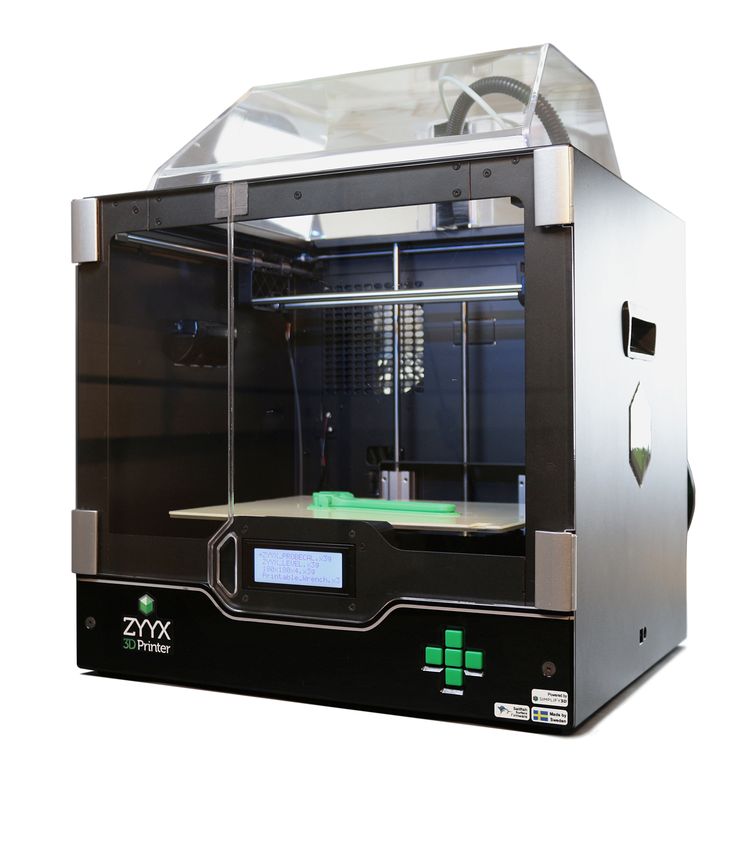 amounted to 11.58 billion dollars. In addition, the market is projected to grow at a CAGR of more than 14% between 2020 and 2027. In 2018, about 1.4 million 3D printers were shipped worldwide. This figure is expected to reach 8 million units by 2027. nine0003
amounted to 11.58 billion dollars. In addition, the market is projected to grow at a CAGR of more than 14% between 2020 and 2027. In 2018, about 1.4 million 3D printers were shipped worldwide. This figure is expected to reach 8 million units by 2027. nine0003
Such a strong growth in the introduction of 3D printers into work processes determines the increase in demand for 3D design skills among graphic design students. 3D printing would not be possible without designers creating models. With the increasing demand for custom-made products, custom design is becoming more relevant than ever. Research and development activities also involve the possession of skills and knowledge about 3D printing. The production of consumer goods requires intensive analytics. 3D printing technology will allow professionals to identify opportunities to reduce costs and improve process performance in their project. The creation of models is also in demand in the field of biology, ranging from the manufacture of three-dimensional sculptural elements to the design of organ models.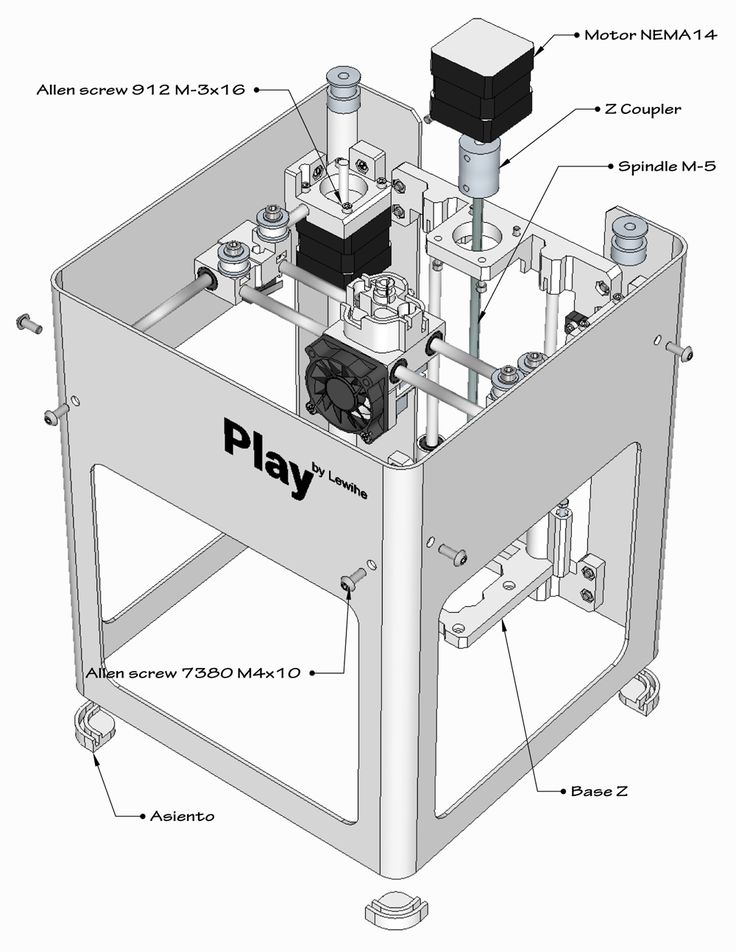 3D printing is highly relevant for architecture and construction professionals as they rely heavily on the development of "prototypes". nine0003
3D printing is highly relevant for architecture and construction professionals as they rely heavily on the development of "prototypes". nine0003
Students who have knowledge of 3D printing are more prepared for their future jobs. By mastering 3D printing as part of their studies, students develop creativity, which will allow them to easily cope with professional duties in the future.
Engagement in digital processes
In today's digital world, students need to be able to effectively use the available technological opportunities. Often, modern technologies are perceived as a negative factor that distracts from the educational process, however, with their correct application, students will be able to interact more productively with the outside world. At the same time, there is no need to be limited to a specific specialization, since technological modernization has affected many areas of professional activity: from fine arts to factory production. Incorporating the study of 3D printing technology into the curriculum will allow students to better navigate digital workflows. The concept of 3D printing encompasses more than just the knowledge of a 3D printer. During the training, students comprehensively study this phenomenon, analyzing all the processes completely, from designing a model in a CAD program to post-processing of the finished product. nine0003
The concept of 3D printing encompasses more than just the knowledge of a 3D printer. During the training, students comprehensively study this phenomenon, analyzing all the processes completely, from designing a model in a CAD program to post-processing of the finished product. nine0003
For example, you can study photogrammetry, i.e. a scientific and technical discipline that deals with determining the size and other characteristics of objects from their photographic images. Several photographs of an object, building or person taken from different positions are used as the basis for measurements. Then, using automatic algorithms, the images are transferred to a 3D model.
Developing Problem Solving Skills
3D printing technology can handle real-world problems. So, a solution was found to the shortage of personal protective equipment (PPE) and medical supplies for sampling during the COVID-19 coronavirus pandemic. Similarly, it is possible to build work within the classroom.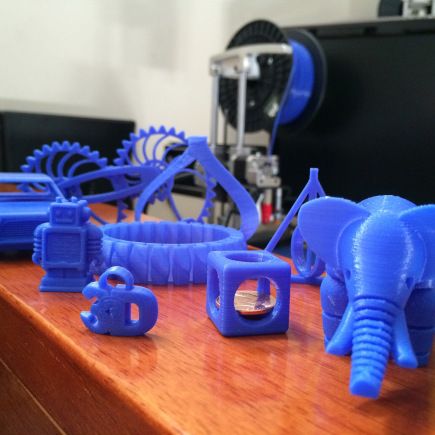 3D printing will undoubtedly be an incentive to develop problem solving skills in students. At the initial stage of working on their 3D printing project, the author needs to answer the following questions:
3D printing will undoubtedly be an incentive to develop problem solving skills in students. At the initial stage of working on their 3D printing project, the author needs to answer the following questions:
- What will the 3D object I print be used for?
- What should you pay attention to when creating a model, choosing materials, processing a finished object?
- How to organize the 3D printing process in such a way that it is most efficient and productive? nine0016
These are just some of the questions that need to be answered early in the project. Problems like these require a critical approach. Students will have the opportunity to go from an abstract idea to a real three-dimensional object by analyzing how these concepts relate to each other. By working on prototyping, students will be able to assess how close their project will be to the intended goal, without focusing only on its functionality. 3D printing allows you to solve problems using a logical systems approach, further developing creative thinking. nine0003
nine0003
Development of design thinking
Design thinking is more than just a buzzword. This phenomenon is defined as “an iterative process in which we seek to understand the user, disprove assumptions, rethink the problem in order to find non-obvious alternative solutions.” Design thinking is not a fast-paced trend, but a truly effective approach that is already being adopted by major brands such as Apple and Google. How is 3D printing related to design thinking? nine0003
Collaboration and interaction is a key principle of the design thinking methodology. 3D printing opens up opportunities for collaborative creative experimentation among students in group projects. Working on a common 3D printing project, its participants adopt each other's vision and work style. Iteration is another key to design thinking. 3D printing allows students to upgrade their designs based on the results of previous versions and the feedback gathered.
Conclusion
3D printing is a multidisciplinary technology that allows you to develop a wide variety of skills.



